What Is Life?
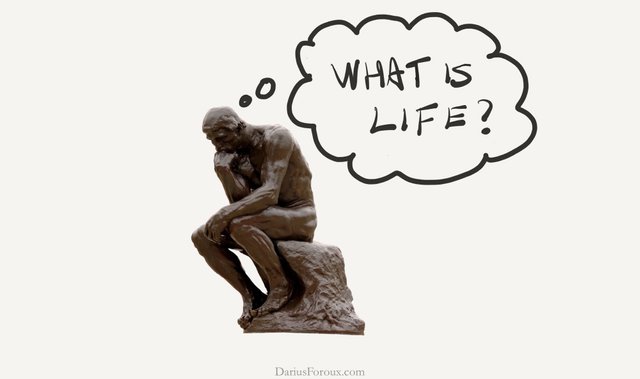
@What Is Life? The Physical Aspect of the Living Cell is a 1944 science book written for the lay reader by physicist Erwin Schrödinger. The book was based on a course of public lectures delivered by Schrödinger in February 1943, under the auspices of the Dublin Institute for Advanced Studies at Trinity College, Dublin. The lectures attracted an audience of about 400, who were warned "that the subject-matter was a difficult one and that the lectures could not be termed popular, even though the physicist’s most dreaded weapon, mathematical deduction, would hardly be utilized."[1] Schrödinger's lecture focused on one important question: "how can the events in space and time which take place within the spatial boundary of a living organism be accounted for by physics and chemistry?"[1]
@In the book, Schrödinger introduced the idea of an "aperiodic crystal" that contained genetic information in its configuration of covalent chemical bonds. In the 1950s, this idea stimulated enthusiasm for discovering the genetic molecule. Although the existence of some form of hereditary information had been hypothesized since 1869, its role in reproduction and its helical shape were still unknown at the time of Schrödinger's lecture. In retrospect, Schrödinger's aperiodic crystal can be viewed as a well-reasoned theoretical prediction of what biologists should have been looking for during their search for genetic material. Both James D. Watson,[2] and independently, Francis Crick, co-discoverers of the structure of DNA, credited Schrödinger's book with presenting an early theoretical description of how the storage of genetic information would work, and each respectively acknowledged the book as a source of inspiration for their initial researches.[3]
Author Erwin Schrödinger
Country United Kingdom (UK)
Language English
Genre Popular science
Publisher Cambridge University Press
Publication date
1944
Media type Print
Pages 194 pp.
ISBN 0-521-42708-8
OCLC 24503223
Dewey Decimal
574/.01 20
LC Class QH331 .S357 1992
Background
@The book is based on lectures delivered under the auspices of the Institute at Trinity College, Dublin, in February 1943 and published in 1944. At that time DNA was not yet accepted as the carrier of hereditary information, which only was the case after the Hershey–Chase experiment of 1952. One of the most successful branches of physics at this time was statistical physics, and quantum mechanics, a theory which is also very statistical in its nature. Schrödinger himself is one of the founding fathers of quantum mechanics.
https://qph.ec.quoracdn.net/main-qimg-f7e3fce8ebd2645dffdb750d964e179d-c
@Max Delbrück's thinking about the physical basis of life was an important influence on Schrödinger.[4] However, long before the publication of What is Life?, geneticist and 1946 Nobel-prize winner H. J. Muller had in his 1922 article "Variation due to Change in the Individual Gene"[5] already laid out all the basic properties of the "heredity molecule" (then not yet known to be DNA) that Schrödinger was to re-derive in 1944 "from first principles" in What is Life? (including the "aperiodicity" of the molecule), properties which Muller specified and refined additionally in his 1929 article "The Gene As The Basis of Life"[6] and during the 1930s.[7] Moreover, H. J. Muller himself wrote in a 1960 letter to a journalist regarding What Is Life? that whatever the book got right about the "hereditary molecule" had already been published before 1944 and that Schrödinger's were only the wrong speculations; Muller also named two famous geneticists (including Delbrück) who knew every relevant pre-1944 publication and had been in contact with Schrödinger before 1944. But DNA as the molecule of heredity became topical only after Oswald Avery's most important bacterial-transformation experiments in 1944. Before these experiments, proteins were considered the most likely candidates.
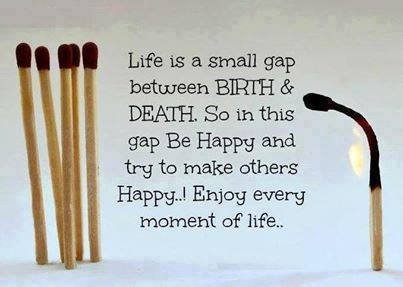
Content
@In chapter I, Schrödinger explains that most physical laws on a large scale are due to chaos on a small scale. He calls this principle "order-from-disorder." As an example he mentions diffusion, which can be modeled as a highly ordered process, but which is caused by random movement of atoms or molecules. If the number of atoms is reduced, the behaviour of a system becomes more and more random. He states that life greatly depends on order and that a naïve physicist may assume that the master code of a living organism has to consist of a large number of atoms.
@In chapter II and III, he summarizes what was known at this time about the hereditary mechanism. Most importantly, he elaborates the important role mutations play in evolution. He concludes that the carrier of hereditary information has to be both small in size and permanent in time, contradicting the naïve physicist's expectation. This contradiction cannot be resolved by classical physics.
@In chapter IV, Schrödinger presents molecules, which are indeed stable even if they consist of only a few atoms, as the solution. Even though molecules were known before, their stability could not be explained by classical physics, but is due to the discrete nature of quantum mechanics. Furthermore, mutations are directly linked to quantum leaps.
@He continues to explain, in chapter V, that true solids, which are also permanent, are crystals. The stability of molecules and crystals is due to the same principles and a molecule might be called "the germ of a solid." On the other hand, an amorphous solid, without crystalline structure, should be regarded as a liquid with a very high viscosity. Schrödinger believes the heredity material to be a molecule, which unlike a crystal does not repeat itself. He calls this an aperiodic crystal. Its aperiodic nature allows it to encode an almost infinite number of possibilities with a small number of atoms. He finally compares this picture with the known facts and finds it in accordance with them.
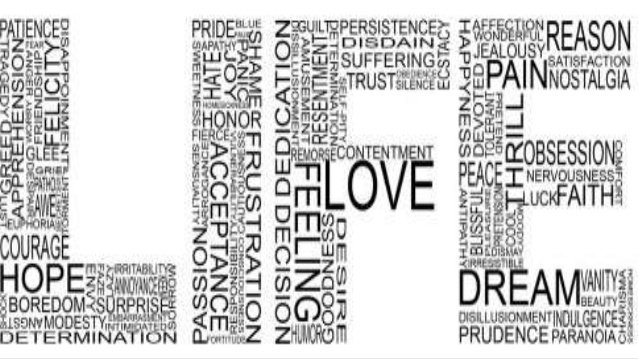
In chapter VI Schrödinger states:
@…living matter, while not eluding the "laws of physics" as established up to date, is likely to involve "other laws of physics" hitherto unknown, which however, once they have been revealed, will form just as integral a part of science as the former.
@He knows that this statement is open to misconception and tries to clarify it. The main principle involved with "order-from-disorder" is the second law of thermodynamics, according to which entropy only increases in a closed system (such as the universe). Schrödinger explains that living matter evades the decay to thermodynamical equilibrium by homeostatically maintaining negative entropy (today this quantity is called information[8]) in an open system.
@In chapter VII, he maintains that "order-from-order" is not absolutely new to physics; in fact, it is even simpler and more plausible. But nature follows "order-from-disorder", with some exceptions as the movement of the celestial bodies and the behaviour of mechanical devices such as clocks. But even those are influenced by thermal and frictional forces. The degree to which a system functions mechanically or statistically depends on the temperature. If heated, a clock ceases to function, because it melts. Conversely, if the temperature approaches absolute zero, any system behaves more and more mechanically. Some systems approach this mechanical behaviour rather fast with room temperature already being practically equivalent to absolute zero.
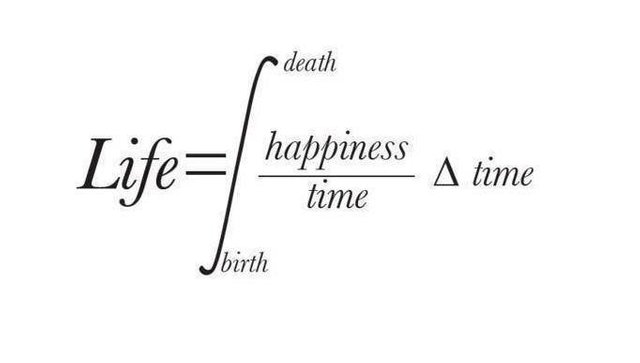
@Schrödinger concludes this chapter and the book with philosophical speculations on determinism, free will, and the mystery of human consciousness. He attempts to "see whether we cannot draw the correct non-contradictory conclusion from the following two premises: (1) My body functions as a pure mechanism according to Laws of Nature; and (2) Yet I know, by incontrovertible direct experience, that I am directing its motions, of which I foresee the effects, that may be fateful and all-important, in
@which case I feel and take full responsibility for them. The only possible inference from these two facts is, I think, that I – I in the widest meaning of the word, that is to say, every conscious mind that has ever said or felt 'I' – am the person, if any, who controls the 'motion of the atoms' according to the Laws of Nature" Schrödinger then states that this insight is not new and that Upanishads considered this insight of "ATHMAN = BRAHMAN" to "represent quintessence of deepest insights into the happenings of the world. Schrödinger rejects the idea that the source of consciousness should perish with the body because he finds the idea "distasteful". He also rejects the idea that there are multiple immortal souls that can exist without the body because he believes that consciousness is nevertheless highly dependent on the body. Schrödinger writes that, to reconcile the two premises,
@The only possible alternative is simply to keep to the immediate experience that consciousness is a singular of which the plural is unknown; that there is only one thing and that what seems to be a plurality is merely a series of different aspects of this one thing…
@Any intuitions that consciousness is plural, he says, are illusions. Schrödinger is sympathetic to the Hindu concept of Brahman, by which each individual's consciousness is only a manifestation of a unitary consciousness pervading the universe — which corresponds to the Hindu concept of God. Schrödinger concludes that "…'I' am the person, if any, who controls the 'motion of the atoms' according to the Laws of Nature." However, he also qualifies the conclusion as "necessarily subjective" in its "philosophical implications". In the final paragraph, he points out that what is meant by "I" is not the collection of experienced events but "namely the canvas upon which they are collected." If a hypnotist succeeds in blotting out all earlier reminiscences, he writes, there would be no loss of personal existence — "Nor will there ever be."[9]
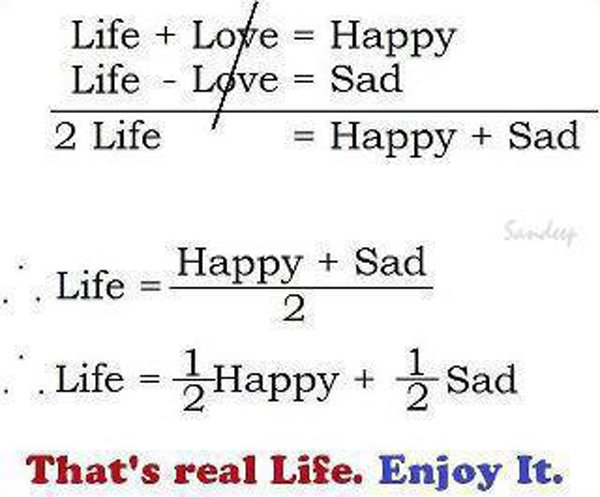
Schrödinger's "paradox"
@In a world governed by the second law of thermodynamics, all isolated systems are expected to approach a state of maximum disorder. Since life approaches and maintains a highly ordered state, some argue that this seems to violate the aforementioned second law, implying that there is a paradox. However, since the biosphere is not an isolated system, there is no paradox. The increase of order inside an organism is more than paid for by an increase in disorder outside this organism by the loss of heat into the environment. By this mechanism, the second law is obeyed, and life maintains a highly ordered state, which it sustains by causing a net increase in disorder in the Universe. In order to increase the complexity on Earth—as life does—free energy is needed and in this case is provided by the Sun.[10][11]
Editions
@Erwin Schrödinger (1944), "What Is Life? : The Physical Aspect of the Living Cell". Based on lectures delivered under the auspices of the Dublin Institute for Advanced Studies at Trinity College, Dublin, in February 1943.
